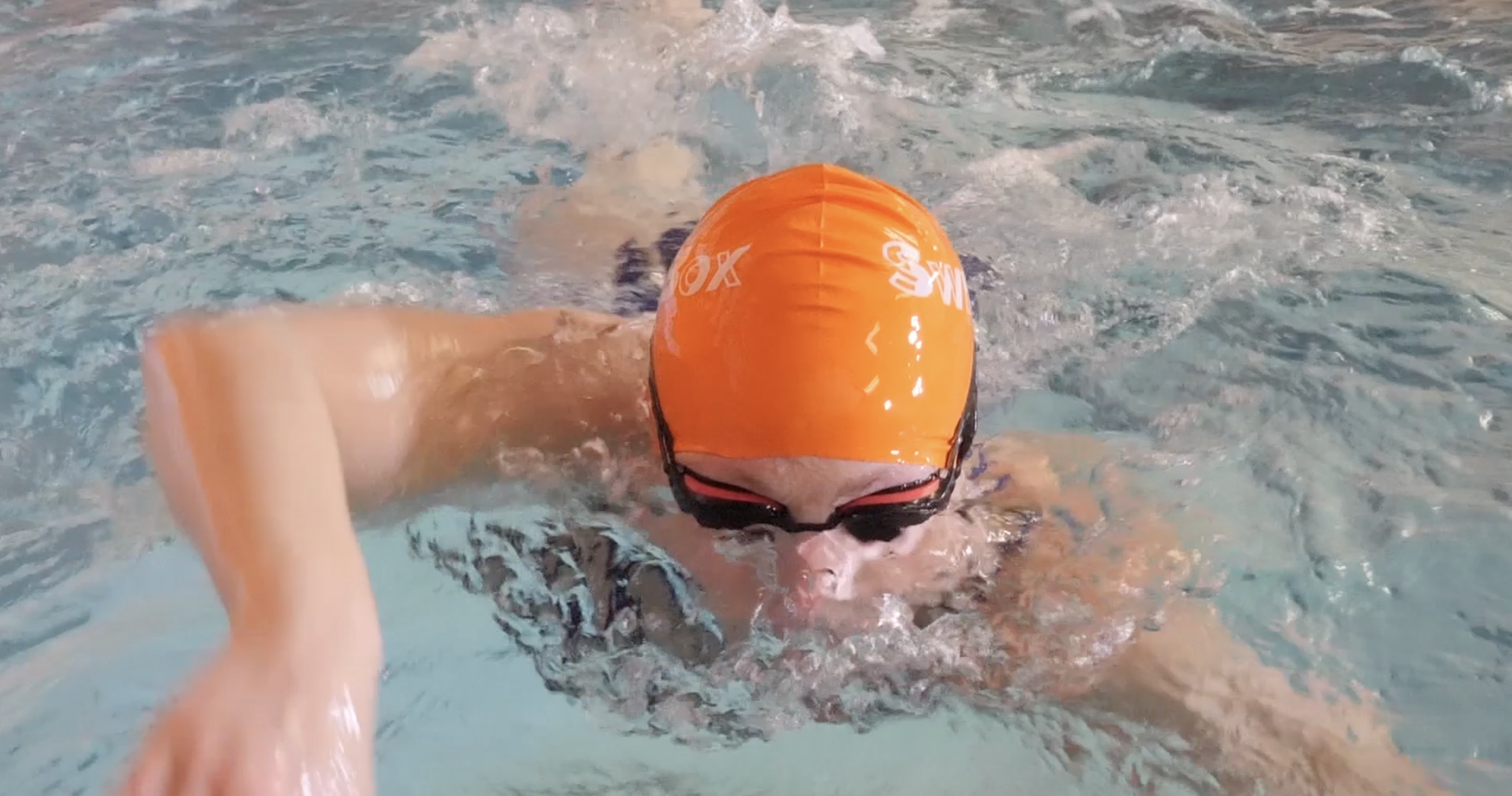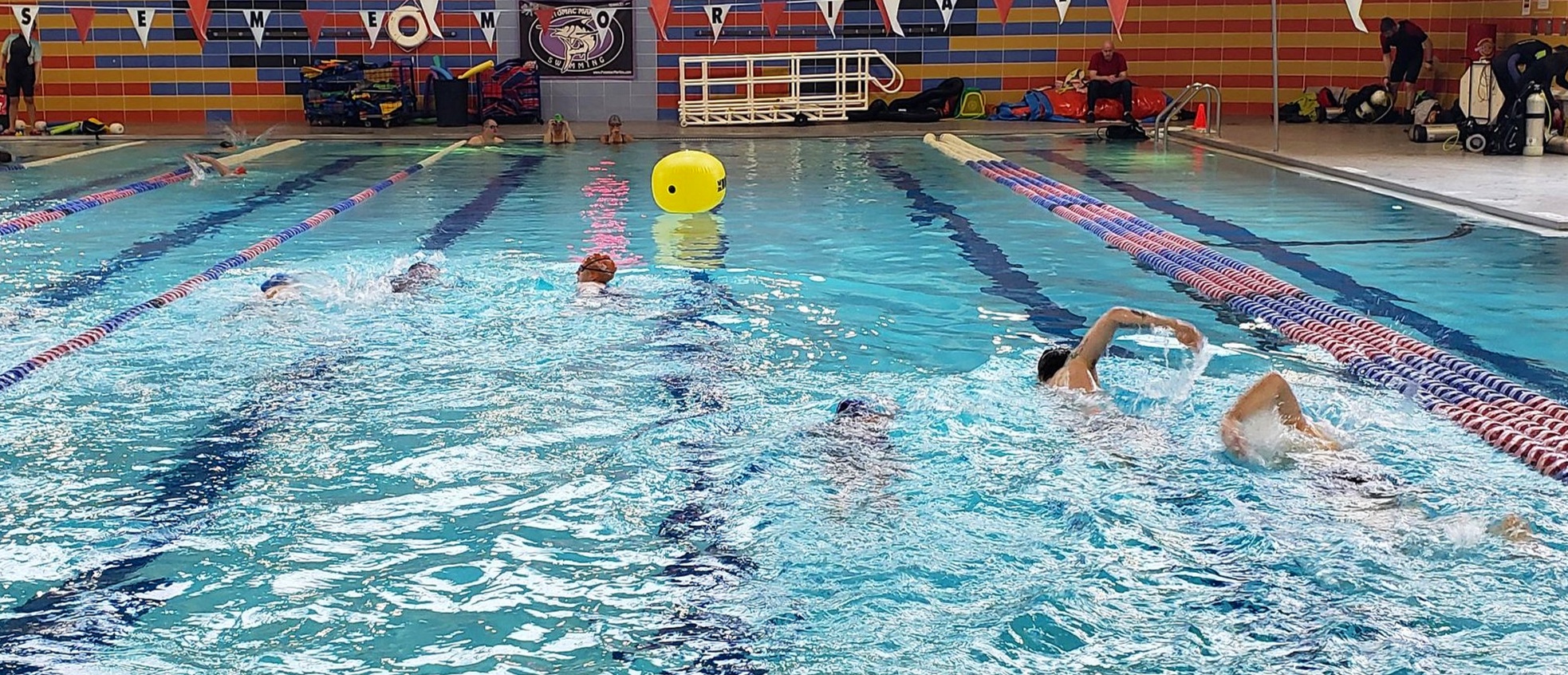I know last week’s blog could come across as a bit of a downer, so I wanted to bring the mood back up and revisit what we talked about. Yes, there are TONS of factors in open water swimming that you have zero control over and can’t prepare for. But what about the ones you do have control over? The ones you can work day in and day out helping your body get ready to adapt to what the water might throw at you? Let’s see what they are.
Firstly, you can NEVER be too prepared in terms of sighting. Being able to sight properly and in a way that won’t negatively impact your swim/swim time is something you can never spend too much time on. Alligator Eyes is the perfect drill to help you get used to sighting in the open water. Yes, you’ll be able to see. No, it won’t be as clear or precise as if you were sitting on your couch staring at the “Are You Still Watching?” screen Netflix likes to use to judge us.
You want to tilt your head upwards until your eyes breach the surface of the water and you can see what’s in front of you. DO NOT LIFT YOUR HEAD. Lifting your head will cause your hips and legs to sink, resulting in extra drag and forcing your body to work harder to move through the water than necessary. It was also put strain on your neck and cause you to have to use your arms to help you balance, taking them out of the proper position to get a good catch, propulsive phase, and powerful finish. Take a look at our post on The Best Drills to Perfect Your Open Water Sighting for more in depth information on this drill.
Next on the list of things you can prepare for? Getting used to swimming in crowded waters. This one might take some ingenuity, but it can be done. Next time you’re heading to the pool for your swim workout grab 2-3 friends to go with you. In order to mimic having to navigate through water filled with other people, you and your 2-3 friends are going to line up on the wall, next to one another, and all swim at once. I want all of you to push off the wall at the same time and practice swimming super close to one another. I can hear what you’re thinking now, “Lissa, no way, we’re going to hit each other.” Guess what, you’re right! You will hit each other! And it’s going to feel weird and wrong and you probably won’t like it. BUT practicing swimming this way will help get your body used to the feeling of swimming in a large pack of crowded people, all fighting their way through the water.
The last thing I want to touch base on in terms of open water preparation is buoy turns. Whether you do a corkscrew turn or you simply maneuver your way around the buoy, this is something you should practice. I know not everyone keeps extra buoys laying around their homes like my husband and I do (we know, we’re weird), but that shouldn’t stop you from practicing. Use a friend, tie a full water bottle around a pull buoy to anchor it in place, or find any object in the water that’s stationary and that you can turn on (think a pillon in a lake), and you’re good to go. Start by practicing a traditional buoy turn (simply swimming around it) and then work your way up to a corkscrew turn. A corkscrew turn simply adds a backstroke stroke into the mix to help you stay tight and keep your momentum up while you’re getting around the buoy. Take a look at the video below for examples of how to best start learning a corkscrew turn, first in the pool and then in the open water.
What else can you prepare for? Your fuel. I always bring way too much food to swim meets just to be safe. Triathlons are even more important to fuel yourself properly for, as your race will last anywhere from 1-17 hours depending on the type of triathlon it is. My tip for proper fueling? Eat a giant breakfast from Waffle House right before your next race. If you do that, I can guarantee you’ll get second in your age group, walk for 18 seconds during the last 3 minutes of your run and watch the person who gets first jog right by you. Nailed it. But in all seriousness nutrition is different for everyone, so you’ll need to find what works best for you. Do your research, try different methods, and practice them during your long swims, runs, and bikes of your training.








